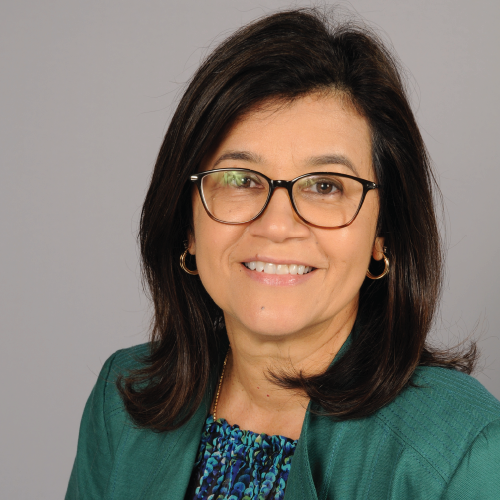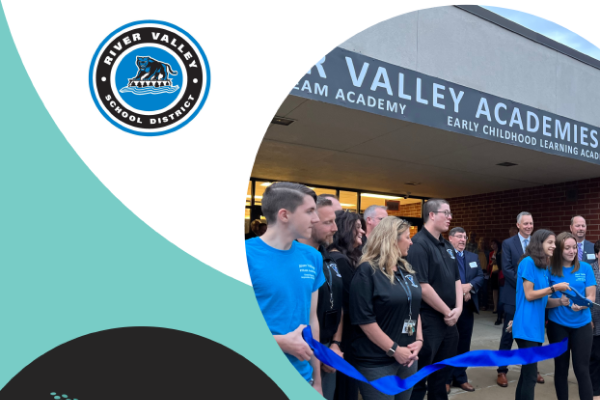Connecting Well Beyond the Classroom
October 02, 2023
President's Corner
Imagine personalized learning that allows students to explore career and college pathways aligned with their interests and aspirations, relevant learning that aligns with the knowledge, and skills they need to succeed on whatever postsecondary path they choose.
These kinds of opportunities keep our students in school and engaged in their learning. They motivate young people to pursue exciting trade programs or further their postsecondary education. Importantly, they need the support of business, higher education, parents and the larger community to be truly successful.
In today’s changing world, public education must extend beyond the walls of our classrooms. It is critical for school leaders to establish and maintain strong connections with partners from a variety of sectors to expand learning opportunities for students.
According to the Association for Career and Technical Education, a trade skills gap is affecting the economy in many states. Lack of necessary skills means employers can’t find the qualified workers they need, and job seekers realize they don’t have the skills for the available jobs. Some jobs may require more education than high school but less than a four-year degree.
While organizations and education systems are developing programs to prepare students for employment in the hardest-to-fill positions, they must look at the needs of students and employers alike on a much broader scale.
By forging partnerships with business and higher education, school systems can better align teaching and learning to state standards and to regional and national labor markets. These partners can advise schools on relevant curricula, industry trends, and the latest technologies to ensure the programs are preparing learners for their futures, whether college or career, while meeting the needs of the local, regional and national labor force.
These partnerships can take the form of consultant committees comprised of representatives from business, industry and higher education. Partners can support work-based learning opportunities, internships, apprenticeships and mentoring programs that provide students with life-changing hands-on learning experiences. Students can benefit from a mentor or industry contact and learn essential employment skills, including effective communication, teamwork and problem solving.
Likewise, partnerships with higher education institutions can ease students’ transition to college, refine academic and career pathways and facilitate the sharing of best practices between the P-12 and the higher education community.
Colleges and universities also have access to resources unavailable in K-12 systems, including research opportunities and innovative equipment. High schools and middle schools can leverage these resources to prepare students for a world increasingly shaped by changing technologies.
While connecting with partners outside the education system is beneficial, it sometimes presents challenges for school leaders. School systems and potential partners may operate at different speeds and with dissimilar priorities. As promising as an initiative may sound, it may be hindered by limited resources, including funding, technology and staffing. Moreover, legal and labor issues may need to be addressed to protect the interests of all parties.
Now is an opportune time to assess the status and value of your connections with the world outside your school system and look at how you are preparing students for their futures. Associations like AASA are here to support you in this endeavor. I encourage you to sign up for one of AASA’s cohort programs to learn firsthand from colleagues across the nation how they prepare their graduates for the world of work.
Gladys Cruz is AASA president in 2023-24.
Author
Advertisement
Advertisement
Advertisement
Advertisement


.png?sfvrsn=3d584f2d_3)

